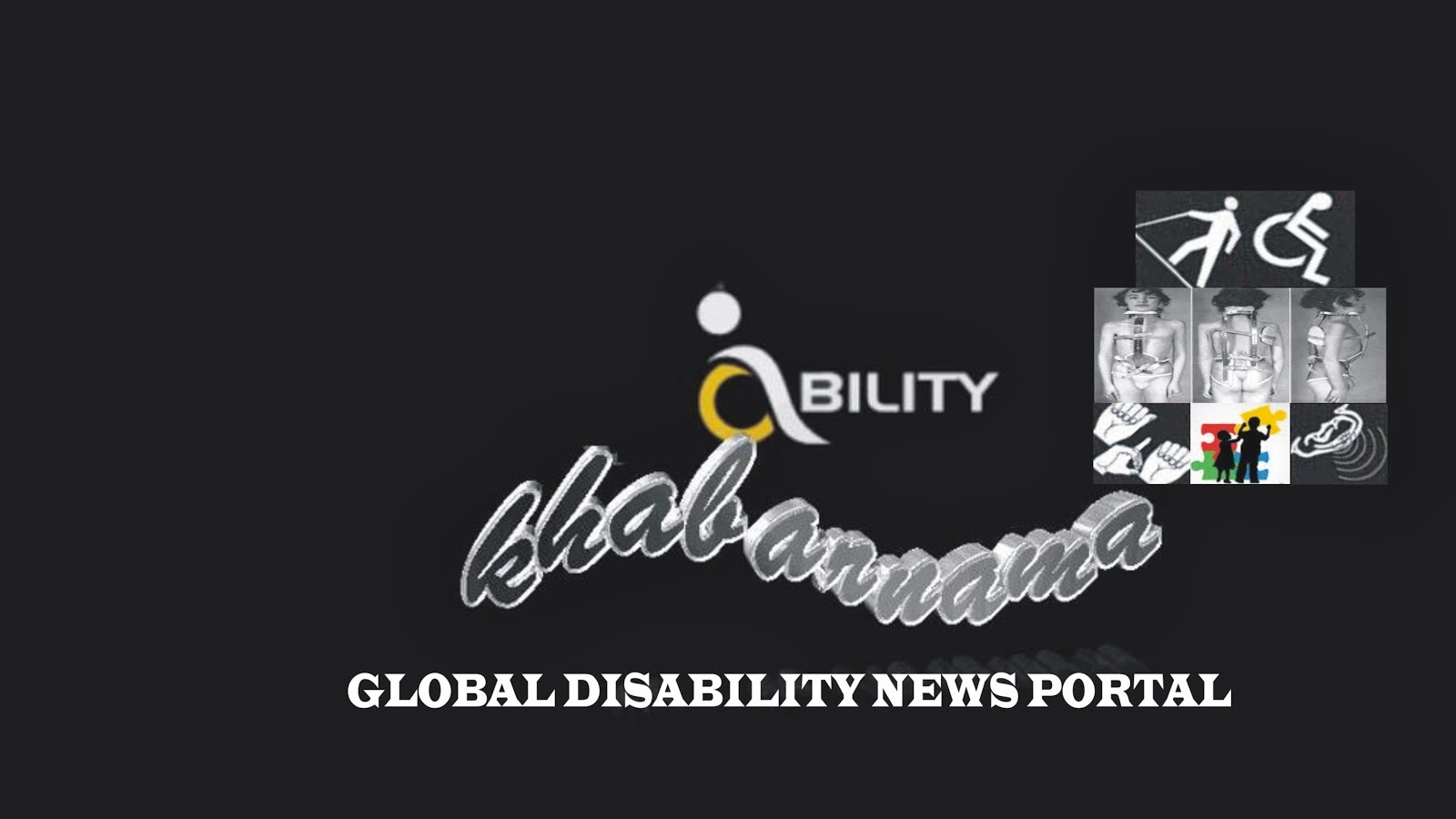
The Baobab storybook app improves language acquisition. Image by Gallaudet University
Deaf Team Create New iPad App
An all-deaf team created the new storybook app for the iPad, presenting The Baobab with original storytelling from Gallaudet alum April Jackson-Woodard and eye-catching animations from deaf artist Yiqiao Wang. The app’s unique feature is the interactive support by an American Sign Language (ASL) user. It also includes an ASL and spoken English glossary of 170 signs.State-of-the-art Bilingual Storybook App
Researchers at Gallaudet say that their new interactive bilingual storybook app reflects state-of-the-art innovation in bilingual language learning and research, and focuses on the dual acquisition of American Sign Language (ASL) and English and learning to read in English.The researchers add that this app is unique in the world since it was built upon findings of extensive research done on both hearing and deaf bilinguals. Past research conducted by the VL2 Center team demonstrates that early visual language experience with ASL aids reading acquisition in English and offers other important advantages for a deaf child’s linguistic, communicative, cognitive, academic, literacy, and psychosocial development.

The Baobab Sentence Preview. Image by Gallaudet University
App Promotes the ‘Bilingual Advantage’ in Child Development
In a news release, Dr. Laura-Ann Petitto, Science Director and Co-Principal Investigator of VL2 says that “Early exposure to bilingualism provides tremendous higher cognitive, language, and reading advantages for young children and the advantages continue throughout their entire lifetime. Research has proven that these beneficial effects, known as the ‘bilingual advantage’ in child development, holds true for children learning two spoken languages as well as deaf children learning both ASL and English.”Research Proves the Advantages of Second Language Learning
As Petitto mentions, for years research has shown that learning more than one language has positive cognitive effects; Vivian Cook, Professor of Applied Linguistics, states in Multi-Competence and the Learning of Many Languages. Language and Culture and Curriculum: “a single mind with more than one language has a totality that is very different from a mind with a single language.”Dr. Colin Baker, Professor of Education at Bangor University and specialist in language planning and bilingual education, explains in Foundations of Bilingual Education and Bilingualism that “the ownership of two or more languages may increase fluency, flexibility, originality and elaboration in thinking.”
Baker has reviewed years of research and concludes that bilinguals have some cognitive advantages over monolinguals most noticeably in the areas of divergent thinking; they are focusing on meaning rather than sounds. Bilinguals have the advantage of viewing language arbitrarily and not being under the assumption that there is only one fixed label for each item.
Sign-Language App Interview

The Baobab Glossary. Image by Gallaudet University
Decoded Science: What is the size of the deaf children population that would benefit from these books in language acquisition?
Dr. Harmon: The CDC would probably have the most up-to-date numbers on the incidence of deafness among the school age population. This is also intended for all visual learners and for all hearing students interested in learning about ASL.
Decoded Science: Who chose the subjects and vocabulary content of the stories?
Melissa Malzkuhn: As the project director, I had the final decision on subjects, content, and design approach. … We had a team craft The Baobab, and then after it was developed in ASL, we translated it to English and worked around the vocabularies, trying to fit in a balance of several challenging words for young readers, as well as introducing commonly used words. It’s important to note, all the ASL signs for this storybook app are content-based.
Decoded Science: ‘Baobab’ isn’t a common word, was word frequency taken into account in vocabulary choice?
Melissa Malzkuhn: We liked putting “Baobab” in this story because while it’s not commonly known, it is something real, a tree that sits in a land far away. If you are from America, you’ll learn that the Baobab tree grows commonly in the southern part of Africa including Madagascar. It didn’t change how we determined vocabulary.
Source : Decode D Science , 4th march 2013
Melissa Malzkuhn: We plan to do further studies from this app, including eye tracking and assessments, in particular how children use the gestural interface. If you play with the app, you will see that there are two different gesture controls to view vocabulary, one to tap and play, the default setting, and the other to touch and hold to view. We believe that by touching and holding the text to view, we encourage children to focus and we intend to do studies to see whether that is effective in learning. We are very excited about the planned studies, which are now pending review with the Institutional Review Board, and will start in a few months.
I’d like to add that we also hid an Easter egg in the app. (Hint: it has to do with the iPad accelerometer when in the read mode). We want children to discover something on their own.
Language Learning should be Fun
Melissa Malzkuhn also emphasized that the main goal of their app was for children to have fun while acquiring language and reading skills. The team tried to make the story imaginative, compelling, and educational – and also one that can be enjoyed by children and parents.Research shows the benefits of acquiring a second language. If the team succeeds in improving language acquisition in deaf children through an entertaining app, the same principles and technology may be applicable to other second-languages as well; potentially improving cognitive abilities for a whole generation of kids.

No comments:
Post a Comment